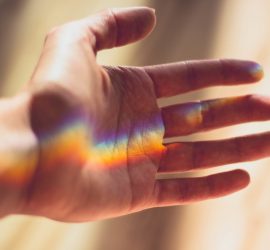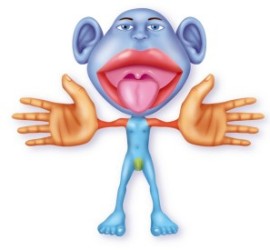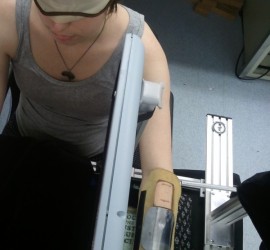Calibrating skin maps: How are body metrics represented?
To accurately move there is a need for proprioception, the sense of where our limbs are in space. Although we know much about how proprioceptive signals arise in the periphery, less is known about how these signals are integrated so that they can be understood in the spatial co-ordinates of the […]




